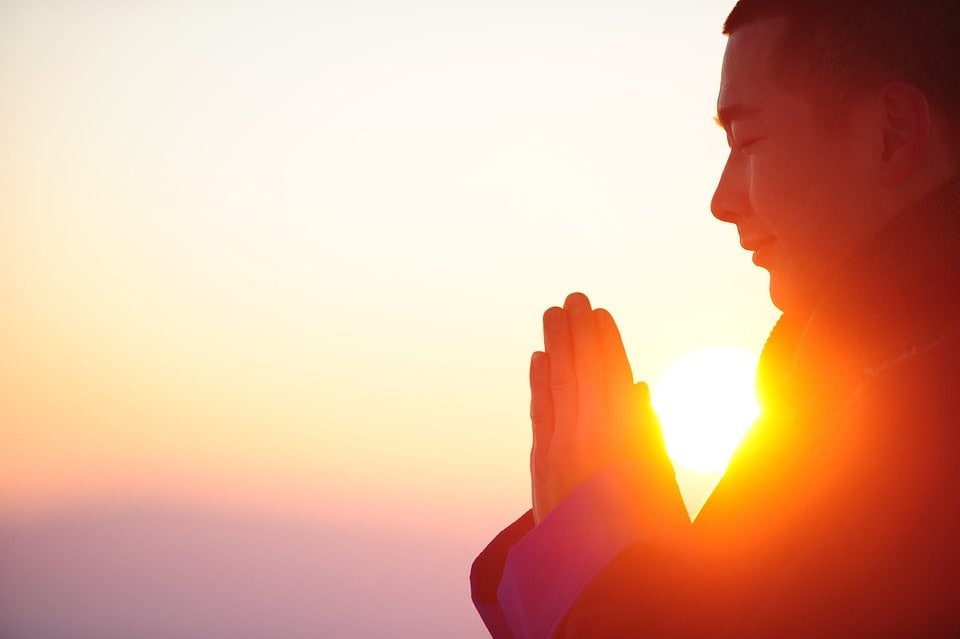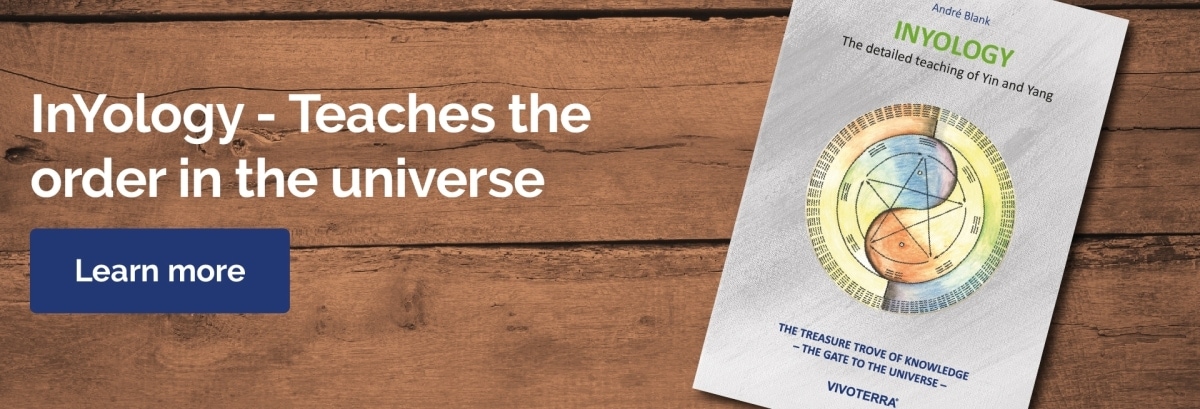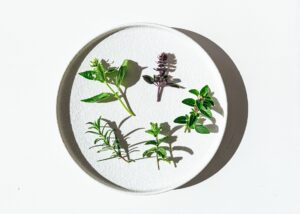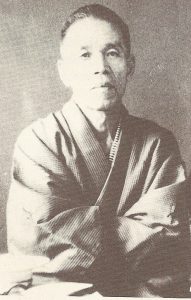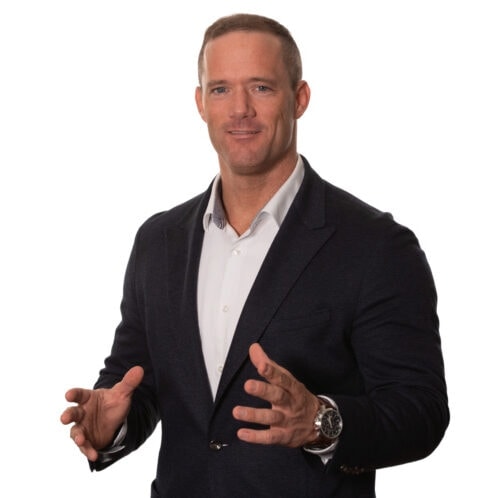The Ki in the word Reiki corresponds to the Chinese Qi and the Hindu Prana.
What does Reiki mean
Rei-Ki (pronounced Ree-Kii) is Japanese and means – the pure energy of the universe. which is often translated in Western publications as “universal or universal life energy”.
Reiki is explained as an “energy” that is present in everything that lives.
Where does Reiki come from
The Reiki technique was first mentioned in writing 5,000 years ago and was almost forgotten.
The Japanese monk Dr. Mikao Usui rediscovered and found her way to Europe.
Dr. Mikao Usui (born on August 15, 1865 in Taniai, Yamagta, Gifu Prefecture, died on March 9, 1926 in Fukuyama) is considered to be the founder of modern Reiki teaching.
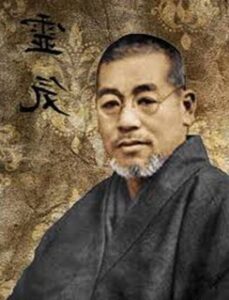
Usui Mikao’s original teaching was called Usui Reiki Ryōhō. The exact date of its creation is not known. What is certain is that Usui Mikao opened a Reiki clinic in Tokyo in 1921. The way in which it originated is also not exactly known. No reliable data is available about Usui Mikao.
Usui Mikado has decided to work among the poor and sick in Kyōto’s slums, the so-called “Beggar Kingdom”, and thereby gain a better understanding of Reiki.
Who is Hawayo Takata
Hawayo Takata (born December 24, 1900 in Hanamaulu, Kauai, Hawaii, and died December 12, 1980) was an American and the first female Reiki master outside of Japan. It was through them that Reiki was spread in the West. Most of the information about Usui Mikao that can be found are reports of the Reiki master Hawayo Takata.
It is reported that Hawayo Takata’s health was very poor at the age of 35. She had a painful tumor in her uterus that needed an operation and suffered a nervous breakdown. At the Maeda Clinic, doctors also diagnosed gallstones and appendicitis.
However, because of emphysema, she was not allowed to receive an anesthetic. Already lying in the operating room, however, guided by an inner voice, she decided against the operation at short notice. Takata then received daily Reiki treatments from Chujiro Hayashi in the Reiki clinic. Four months later she was completely healed and wanted to study Reiki herself. Although it was extremely rare that a foreigner was initiated into Reiki, she received her first Reiki initiation from Chujiro Hayashi. She studied and worked for a year in the Reiki clinic in Hayashi.
In 1936, shortly before her return to Hawaii, she received the second degree Reiki initiation. Hawayo Takata opened her own Reiki practice in Hawai as early as October 1936. In 1938, Takata was inaugurated as a Reiki master by the clinic director Chujiro Hayashi. Hayashi supported them in spreading Reiki in Hawaii by giving lectures and teaching together in Honolulu. Shortly before his return to Japan in February 1938, he publicly announced Hawayo Takata as his successor. Hawayo Takata died on December 12, 1980. Her grave is in a Buddhist church in Hilo.
Reiki degrees
Reiki training is divided into several degrees.
The 1st Reiki degree is the “student level”.
The 2nd Reiki degree is for “advanced students”.
The 3rd Reiki degree is for “Masters”.
Some Reiki schools divide these 3 levels into further levels at will.
These Reiki degrees are not comparable to the training degrees in martial arts.
The Reiki training is more comparable to the Shiatsu training, in which there is no subdivision into 3 levels.
The 1st Reiki degree can be achieved after about 1 year of practice.
The second Reiki degree can be achieved after approx. 2 years of practice.
The 3rd Reiki degree can be achieved after approx. 3 years of practice.
The Reiki graduations are called “initiation”.
Training in traditional martial arts
In traditional martial arts, training takes much longer and is much more extensive.
The training from 6th Kyu to 1st Kyu (Kyu grades are the student grades) takes about 7 years of intensive learning and practice.
With the award of the 1st Dan, the Sensei confirms to the Dan-bearer that he knows the technical and formal areas of the martial arts to such an extent that he has mastered the techniques that are recognized by the Sensei and found to be essential, so that they can be used if necessary can also be taught.
What should be considered when a younger karate teacher is teaching an older student? Can there be a real teacher / student relationship here?
If the emphasis is on “WEG teacher”, basically yes, even if he is younger, because that assumes that he has already acquired the necessary instinct, which is more important than anything else in such a relationship. However, according to the traditional karatedo principle, young karatedo teachers should stand as senpai under an older teacher, and not head a school / club alone.
The older the sensei gets, the more he has to be supported by the senpai, as this is the only way he can pass on his experiences. Of course he loses his fighting power, and of course he is surpassed by younger people, but he is idealized all the more. It is not the sensei alone that carries the experiences into the next generation, but also the senpai around him. Betrayal of this principle often meant the end of the whole current.
The 1st Dan is usually not awarded before the age of 21. In individual exceptional cases, the sensei can deviate from this rule.
With the award of the 2nd Dan, the Sensei confirms to the Dan bearer that they have now mastered the “Waza” of the martial art.
The 2nd Dan is usually not awarded before the age of 24.
In individual exceptional cases, the Sensei can deviate from this rule.
A 2nd Dan is now considered an expert in “Waza”.
He has mastered the technique, but now he has to learn to find his own personal style. It is the stage at which unconditional trust in the form can become an obstacle for him.
With the award of the 3rd Dan, the Sensei confirms to the Dan bearer that he has now achieved the freedom of form of the martial art.
The Kodansha degrees are the actual master degrees in Budo.
This Dan grade can be reached at the earliest at the age of 28 years. It not only requires consistent Budo experience, but also corresponding life experience. In individual exceptional cases, the Sensei can deviate from this rule.
The technical work is no longer the first priority for the 3rd Dan holders themselves. There is no longer a fixed order. Rather, it tries to take into account the individuality of the individual Dan bearer.
With the award of the 4th Dan, the Sensei confirms to the Dan bearer that he has now acquired the theoretical and philosophical knowledge to such an extent that he has now understood both “SAN” and “DO” in the sense of the definition.
The 4th Dan is a degree for the “advanced master”.
This Dan grade can be reached at the earliest at the age of 35 years. It not only requires extensive Budo experience, but also corresponding life experience and spiritual maturity.
The 5th Dan is an “honorary degree” and at the same time the highest degree that a “master” can achieve. With the award of the 5th Dan, the Sensei confirms to the wearer that he has now mastered the “self”.
This Dan grade can be reached at the earliest at the age of 49 years. It not only requires extensive Budo experience, but also corresponding life experience and spiritual maturity.
What is QI
QI is described as a flowing life force. QI is present everywhere in nature, in the universe, and shows up in all living things in the form of change and movement. Every life process, every organ function is an expression of the action and movement of the QI. Without QI there is no movement, no thought, no emotional expression, and no life.
“Out of nothing, QI was born, as a unique QI. This in turn gave birth to the great Yin and the great Yang”, so say the ancient Taoist masters.
All things, substances and phenomena, whether material or immaterial, flow in the eternal stream of the Dao (Tao or Do) and permeate each other.
Our earth is surrounded by the “QI of the sky” or “Tian Ki” (translatable as atmosphere or weather). Only through the QI of the heavens, which protectively embraces our planet, can life arise and exist on earth. Eternally the QI of the sky flows, changes in the seasons, and yet does not diminish.
QI also circulates in our body and in this way sustains life within us.
According to Far Eastern philosophy, the whole universe (Taikyoku) and all appearances in this universe are made up of Ki.
There are infinitely different ways in which QI manifests. Depending on whether QI appears in more subtle concentration or more solid concentration, the various things such as spirit, soul, body, water, trees, rocks, etc., etc. come into being. Everything in the whole universe is ultimately made up of QI.
QI manifests itself in the field of tension between Yin and Yang, those two (seemingly opposing) complementary aspects of universal energy. Although QI is all-pervasive and all-encompassing, it cannot be directly described or defined. Nevertheless, in traditional Chinese and Japanese medicine, the term QI is used to refer to an energetic effect with a specific purpose.
All eastern meditation and fighting techniques such as tai chi, chi gong, or karatedo, judo and aikido are based on the mastery and control of ki.
In the human body, QI circulates primarily in the circulation of the meridians (energy pathways).
Sometimes you perceive it as a steady, wave-like movement, or as a strong current, but sometimes also like an electrical surge that flows from a point that has just been activated into other parts of the body.
How does Reiki work
Anyone who begins to approach the essence of Reiki will recognize that Reiki is timeless because the origin of Reiki is contained in the order of nature itself.
This order is nothing more than a universal balance of give and take. If I want to explain Reiki briefly and simply, it can best be described as sensitive, easy to learn and very effective work on the body through the laying on of hands, which activates our natural self-healing powers and releases blockages in the flow of our body’s own energies.
It is the millennia-old knowledge of the Chinese, which was first written down over two thousand years ago in the “Huang Di Nei Jing”, the textbook of internal medicine of the Yellow Emperor, that this life energy moves in our body according to clear laws and – through this Knowledge – can also be influenced.
The doctrine of the energy channels, the meridians in which the Ki (Chinese Qi, or Chi) circulates in our body, and their special places on the body surface, where one can influence the energy particularly favorably, was mainly used in the West known from acupuncture, a branch of traditional Chinese medicine (TCM).
If the life energy can flow unhindered in its pathways, is neither used excessively nor blocked, then life can develop harmoniously in us and we enjoy physical health and emotional balance.
If the flow of energy in us is blocked, however, in our meridians, this leads to disturbances in our wellbeing and our health.
For a physiological balance and optimal functioning of our organism, activity (yang) and rest (yin) must be in balance. Activity alone, without appropriate periods of rest, leads to exhaustion – and at the same time all activity ends. Conversely, inactivity also leads to an imbalance in our body, imbalance and illness.
Reiki stimulates the autonomic nervous system and has a balancing, depending on the type of stimulation, calming or invigorating effect on the entire organism. Reiki supports and promotes growth and maturation processes in particular, accompanies you in difficult phases of life and facilitates the transition from one phase of life to the next.
Reiki works like an energy filling station, at which the disturbed life energy can be brought back into a harmonious balance.
Reiki is very often expanded and combined with classic Shiatsu in order to intensify the effects and to dissolve blockages in the meridians in a more targeted manner.
Through pressure with the fingers, hands, elbows, knees, feet, but also through stretching and gentle touching, the energy channels and the associated energy structures in the depths – Eastern medicine speaks of organ systems here – are stimulated and balanced.
What are meridians
Ki circulates in the human organism according to clear laws. Ki flows here mainly in the so-called meridians, a network of energetic paths that penetrate the entire body. Each organ – or more correctly: organ system – in Chinese medicine is assigned energy channels that run both superficially and deeply.
For the sake of simplicity, one speaks, for example, of the heart, lung or bladder meridian, but this is a – conscious – simplification, since in addition to the superficial and deep course of the main meridian, numerous ramifications, side courses and cross connections are also included .
Comparable to waterways or country roads, the meridians and their connections cover the body, and the Ki flowing in them “like a ring, without beginning and end” can be particularly well influenced and regulated at certain points, the tsubos or acupuncture points.
The twelve main meridians (regular meridians), which run in pairs (ie on both halves of the body), are the liver and gall bladder, heart and small intestine, triple warmer and heart regent, stomach, pancreas and spleen, lungs – and colon, kidney and bladder meridian.
Whereby one yin and one yang meridian together form an internally (via the organs) and externally (via the meridian structure) coupled meridians. Each of these pairs belongs to and is controlled by one of the five elements.
The two main meridians, the conception vessel and the governor meridian, run centrally across the middle of the body and can be described as superordinate structures. The conception vessel runs on the front and regulates the yin, whereas the governor runs on the back and controls the yang.
Each meridian, each organ shows a maximum and a minimum energetic charge state in the cycle of the day, which can be referred to as “maximum time” or “minimum time”.
Each meridian is flooded with Ki for a maximum of two hours – and exactly twelve hours later its energy is weakest.
These temporal relationships are also used as a diagnostic tool in traditional Eastern medicine: in the event of a state of fullness intensify, the symptoms worsen in the maximum time. On the other hand, in the case of an emptiness state, the complaints increase in the minimum time. Conversely, emptiness complaints improve in the maximum time and fullness complaints in the minimum time.

